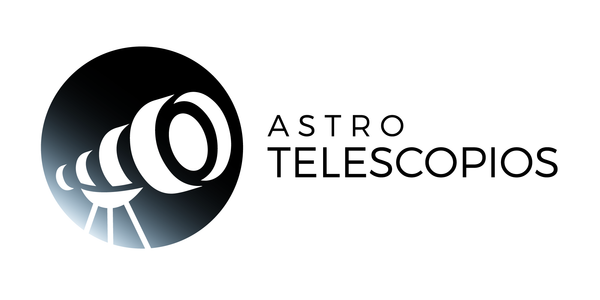
Did you know that Andromeda is both a constellation and a galaxy?
That's right! Although often confused, the Andromeda constellation and the Andromeda Galaxy are two different things, each with its own characteristics and importance in astronomy. Here we explain the main differences:
The Andromeda Constellation
-
Definition: A constellation is a group of stars that form a recognizable pattern in the night sky. The Andromeda constellation is one of the 88 modern constellations recognized by the International Astronomical Union (IAU).
-
Location: This constellation is located in the northern hemisphere and is primarily visible during autumn. It borders the constellations of Perseus, Cassiopeia, Pegasus, and Pisces.
-
Mythology: The constellation Andromeda is linked to Greek mythology. It represents Princess Andromeda, daughter of Cepheus and Cassiopeia, who was rescued by Perseus from the sea monster Cetus.
-
Notable Stars: Some of the brightest stars in this constellation include Alpheratz (also known as Sirrah), Mirach, and Almach.

The Andromeda Galaxy (M31)
-
Definition: A galaxy is a vast system of stars, dust, and gas, held together by gravity. The Andromeda Galaxy, also known as M31, is a giant spiral galaxy.
-
Location: It is located about 2.537 billion light-years from Earth, in the direction of the constellation Andromeda, but it is outside our own Milky Way.
-
Size and Composition: It is the largest galaxy in the Local Group, which includes our own Milky Way galaxy, the Triangulum Galaxy (M33), and several smaller galaxies. The Andromeda Galaxy is estimated to contain approximately one trillion stars.
-
Significance: It is the closest spiral galaxy to the Milky Way, and the two are expected to collide in about 4.5 billion years, forming a giant elliptical galaxy. This event is known as the "Andromeda-Milky Way collision."
-
Observation: It is visible to the naked eye from Earth as a diffuse patch of light on a dark, moonless night, making it the most distant object visible to the naked eye.
- Andromeda Constellation: A group of stars in the night sky that forms a recognizable pattern, with a rich history in Greek mythology.
- Andromeda Galaxy: A huge system of stars, dust, and gas millions of light-years away, the closest galaxy to the Milky Way, with which it will eventually collide.
Both are fascinating in their own way and play important roles in both astronomy and culture.
